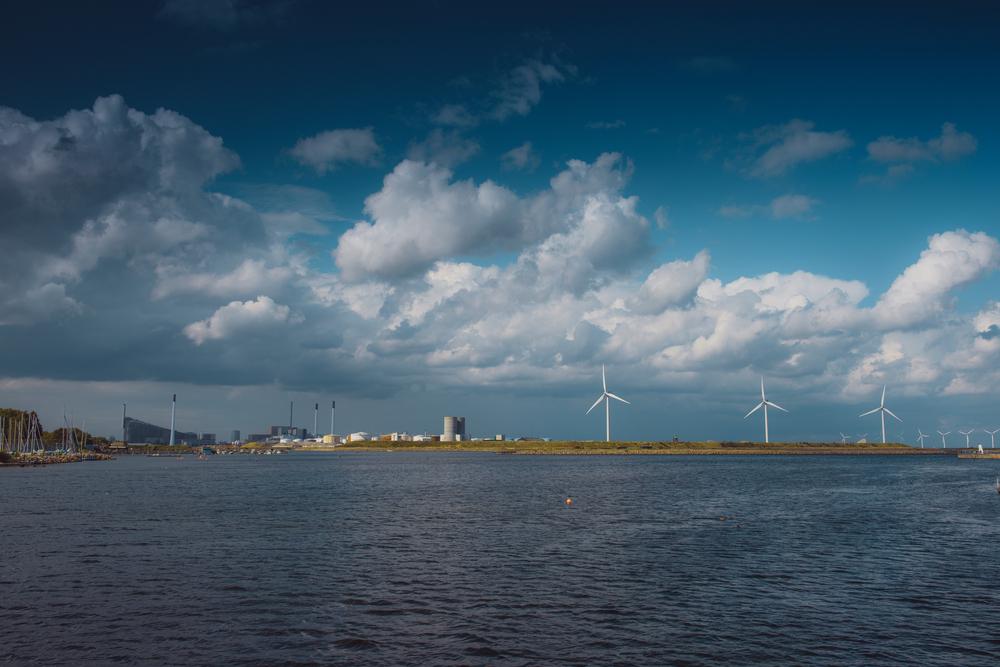Copenhagen Infrastructure Partners (CPI) have secured €4 billion from investors in commitments for its new renewable energy fund, Copenhagen Infrastructure IV (CIP IV).
The Danish investment firm – which specialises in renewable infrastructure projects, particularly wind power – has attracted investors from across the Nordic countries, as well as the UK and Australia.
Expected to be one of the largest ever funds of its kind, CIP IV was launched five months ago with a target between €5 billion and €5.7 billion, and will focus on greenfield investment in energy infrastructure around the world.
The project will see CPI adopting investments across a range of climate-conscious technologies, such as: contracted offshore wind, onshore wind, solar PV, transmission, storage, and waste-to-energy in low-risk Organisation for Economic Co-operation and Development (OECD) countries in the Northern Hemisphere, as well as developed countries in Asia and Australia.
“Tailored to institutional investors with a long-term investment horizon”, CIP has described the scheme as a “promising” addition to a market which has “proven resilient and functioned well over the last six months, despite Covid-19 and market turmoil”.
Among the contributors to the fund are two Danish pension funds, PensionDanmark and AP Pension, as well as an assortment of other pension and life insurance companies based in the region.
“Several new prominent institutional investors from across the Nordics, Continental Europe, the UK, Israel, Taiwan, Japan, and Australia” have also submitted plans to commit to the project, CIP said in a statement on its website.
Jakob Baruël Poulsen, Managing Partner at CIP, commented on the firm’s announcement, saying:
“We are very pleased with our investors’ continued confidence in CIP’s approach to energy infrastructure investments and look forward to continuing to create value for our investors, project partners, and communities through the fund’s investments.
“As a renewables market leader and pioneer, we are very happy to observe continued strong appetite for renewables. The investments of the CIP flagship funds have long-term contracted cash flows and robust investment structures, including low energy price risk exposure and cautious use of financial leverage, and have proven resilient and non-cyclical.
“The investment outlook for CI IV is very promising and we expect the fund to become fully committed within approximately three years and with investments in attractive projects with similar characteristics to our existing investments”.
Early this year, global investment firm BlackRock stated that concerns about the emerging climate crisis were beginning to flavour investment portfolios around the world. CEO Larry Fink told Bloomberg:
“Clients worldwide had been asking me repeatedly more and more about how should they frame a portfolio with climate change considerations. It was very clear to me that this is becoming a dominant theme in more and more of our investors”.
A number of similar projects have sprung up in recent months, with the UK’s own leading pension scheme Nest pledging to pump £5.5 billion into “climate aware” investments, and committed to decarbonising its entire portfolio by 2050.
Just two weeks ago, the European Commission announced its target to reduce its emissions by “at least” 55% by 2030 as the Union attempts to gain the title of the “first climate-neutral continent” in the world.
For more information, take a look at our guide to investing in 3 similar sustainable and climate-conscious funds, and why the threat of “greenwashing” poses a risk to distinguishing the sincerely good projects from the bad.

